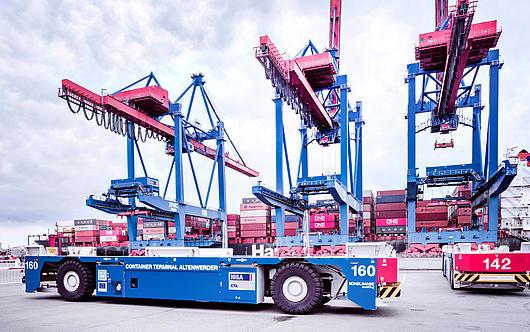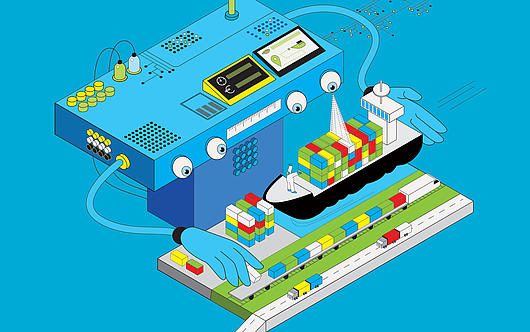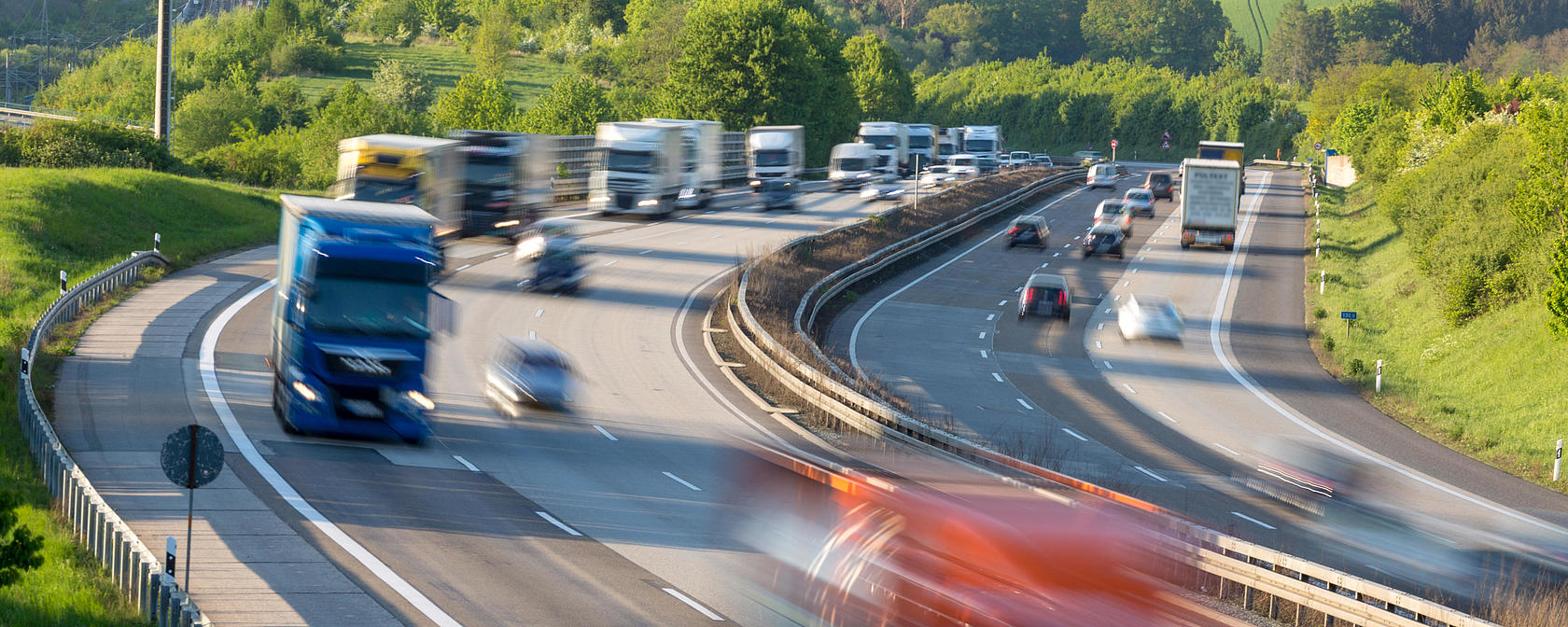
According to the International Energy Agency (IEA), freight traffic is responsible for approximately a third of greenhouse gas emissions in the OECD member countries. In Germany, the absolute carbon dioxide emissions associated with road freight have risen by some 20 percent since 1995 due to an increase in heavy goods vehicles. There is no prospect of this situation improving. In fact, a forecast by Intraplan Consult commissioned by the German Federal Ministry of Transport and Digital Infrastructure anticipates further growth in road freight, with a 3.5 percent rise in 2022 and a 2.1 percent increase in 2023.
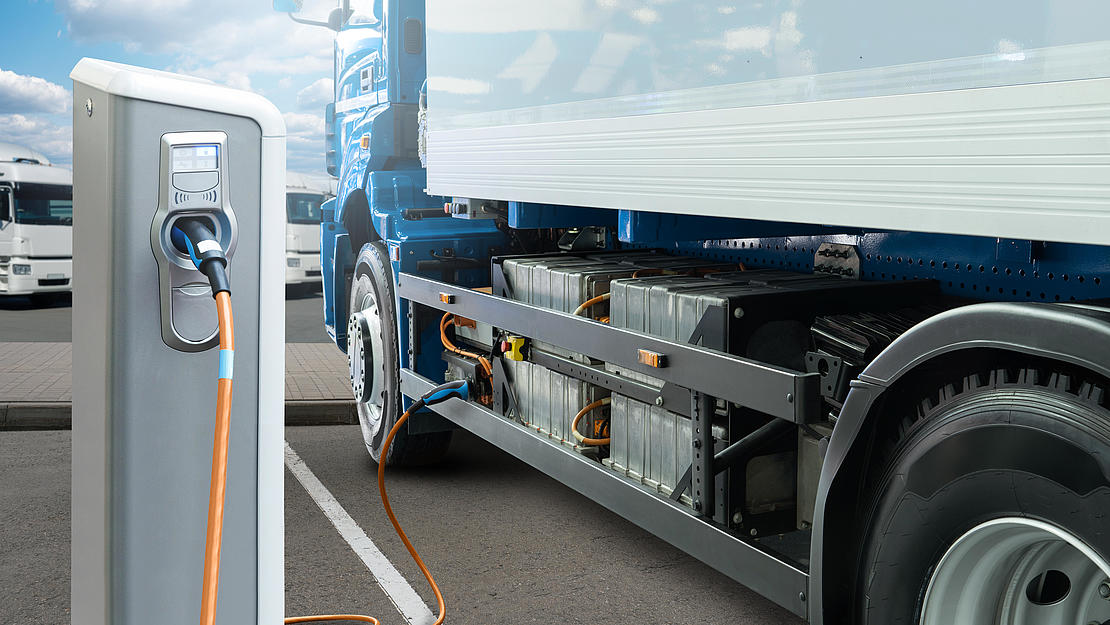
Considering the EU’s ambitious climate targets, this places Europe’s commercial vehicle industry under pressure. At present, diesel trucks are standard, but alternatives are being sought as a matter of urgency and some are already being tested. There is less than a decade to find a solution. Which new drive systems have been developed and which of them has the best chance of success? Electricity, gas (LNG or CNG) and hydrogen (H2) are alternatives to diesel. However, they are expensive.
Industry giants and newcomers
The positioning adopted by big businesses offers an indication of which way the market might go. The Mercedes-Benz Group – which has now distributed the majority of its Truck division to its shareholders – clearly states that 50 percent of the trucks it sells should be battery-electric or powered by fuel cells by 2030. Volvo, Renault and Hyundai have all followed suit. DAF Trucks and MAN are going down the electric route.

In addition to industry giants, there are newcomers like the Swedish start-up Volta (see photo above). Although is was only established in 2017, it aims to deliver 1,500 all-electric trucks to DB Schenker in summer 2022. With their technical specifications, the trucks should be suitable for a number of different markets in Europe.
Scania and Iveco are backing liquefied natural gas. The online retailer Amazon has already ordered 1,064 of these CNG tractor units. However, industry experts see this technology as a temporary solution. Liquefied natural gas is only available in limited quantities and is by no means climate-friendly.
Fuel cells are a hot topic
Fuel cells are a hot topic for all sorts of applications. “HHLA believes that hydrogen has huge potential for heavy goods vehicles,” says Karin Debacher, who is responsible for hydrogen projects at HHLA. “The same goes for other heavy-duty equipment at the HHLA terminals. There are plans for a H2 test centre,” adds Debacher. “This would be used for real-life testing of terminal equipment with fuel cell technology.”
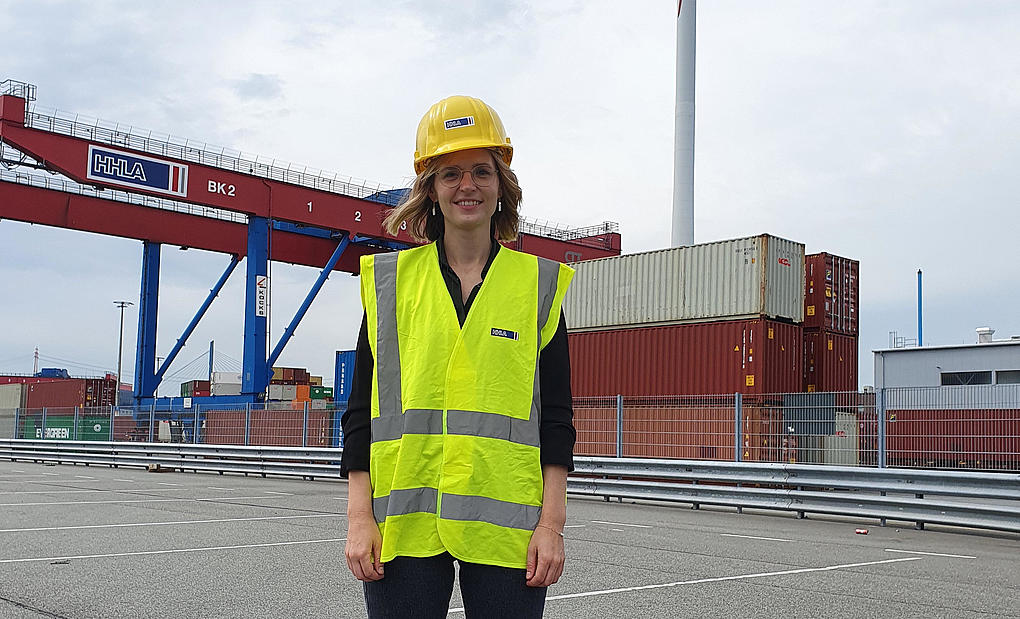
Blueprint for Germany and Europe
Can Hydrogen as an energy souce make a significant contribution to decarbonisation? The HHLA is optimistic.
However, the speed with which hydrogen production capacities and infrastructure can be put in place will also determine when H2 trucks can go into use on the roads. Germany’s network of refuelling stations is currently modest: just nine of the 100 H2 refuelling stations dotted around the country can accommodate heavy goods vehicles. “So it’s a good thing that we want to offer third parties access to our hydrogen refuelling station too,” says Debacher.
Electric or hydrogen trucks – which will make the running? The H2 truck benefits from much larger ranges of up to 1,000 kilometres and faster refuelling. At the same time, refuelling technology that is safe to use needs to be developed. This is probably one of the reasons there are no mass-producers of heavy H2 trucks yet. If Peter Lindlahr, Managing Director of hySOLUTIONS, is right, that will soon change though.

Both well-known corporations and smaller specialist truck manufacturers are currently developing prototypes for various hydrogen drive systems. Another option is retrofitting.
Click here to read more about what some manufacturers are doing
The industry association Bundesverband Güterkraftverkehr Logistik (BGL) welcomes the alternative drive systems for trucks as “glimmers of hope”. Nevertheless, the organisation is sceptical about the maths: it notes that electrifying road freight alone would require 55,244 wind turbines with a standard capacity. This would mean tripling the current installed output. On top of this, additional power lines, distribution grids and a high-performance charging infrastructure would be needed. The BGL also points out that 500,000 trucks are currently licensed in Germany and an additional 250,000 vehicles from other countries use its roads every day. It therefore concludes that billions of euros in funding would be needed to bring about the desired shift to battery or hydrogen drive systems.
What about the cost?
Of course, the higher cost of purchasing environmentally friendly commercial vehicles is already under discussion among policy-makers. According to DSLV – Germany’s leading association for the haulage and logistics industry – up to 80 percent of the difference between conventional and zero-emissions trucks is subsidised.
The programme of funding proposed by the Federal Ministry of Transport and Digital Infrastructure sets out investments of € 1.6 billion for vehicle purchases – with a limit of € 450,000 per vehicle – and € 5.4 billion for the procurement of refuelling and charging infrastructure. Without this purchase subsidy, the total cost of ownership for battery-electric trucks in Germany would draw level with the TCO of their diesel cousins in the first half of this decade. With it, however, the two are already on a par. That is the outcome of a new study by the International Council on Clean Transportation (ICCT).

A study published in December 2021 by the Fraunhofer Institute for Systems and Innovation Research (ISI) also proved that battery-powered trucks are a practicable solution. The feasibility study Zero Emission Deliveries – Berlin assessed 9,500 real trips to 534 Rewe supermarkets made by 224 trucks with a maximum laden weight of over 12 tonnes. Lead investigator Patrick Plötz summarises the findings as follows: “The range of battery-powered trucks available today could cover all of the urban trips analysed in the study and almost half of the regional trips we assessed.” However, he qualifies this statement by adding: “However, with the vehicles currently available, electrification remains challenging for heavy goods vehicles over 26 tonnes with very long daily routes.”
Once new, tighter fleet limits come into force for heavy commercial vehicles in 2025, battery-powered trucks will probably become a common sight on roads. However, a significant expansion of the charging infrastructure must be completed before then.

Charging point or overhead cable?
Mercedes-Benz Trucks intends to construct “at least 1,700 high-voltage charging points” for battery-electric long-haul trucks in Europe by 2027. The proposal involves a planned joint venture between Daimler, Volvo and Traton providing € 500 million to fund and operate this network. The companies involved call this “by far the biggest investment in charging infrastructure for heavy trucks in Europe”.
Alongside the rather conventional approach of an “electricity fuelling station”, another technology is being tested in Germany. This explores whether it would be possible to charge truck batteries using an overhead cable.
There are three test routes in Germany, one of which is on the A1 motorway between the Reinfeld junction and the Lübeck motorway intersection. Two hybrid trucks with pantographs travel back and forth along the five-kilometre route. The other pilot projects are located on the A5 in Hesse and the B462 in Baden-Württemberg. A total of eight vehicles are taking part in these. A test route is also planned in Bavaria for trucks with pantographs. This is due to be considerably longer than the relatively short sections being piloted at present.
In summary, efforts to develop alternative drive systems currently involve a wide range of players, technologies and funding strategies. Some of these go hand in hand, while others are struggling to achieve dominance. Mathematics teaches us that equations with lots of unknown quantities are difficult to solve. However, whichever solution wins out, the end result in this case should be climate-friendly road traffic.
Updated on April 19th, 2022.
